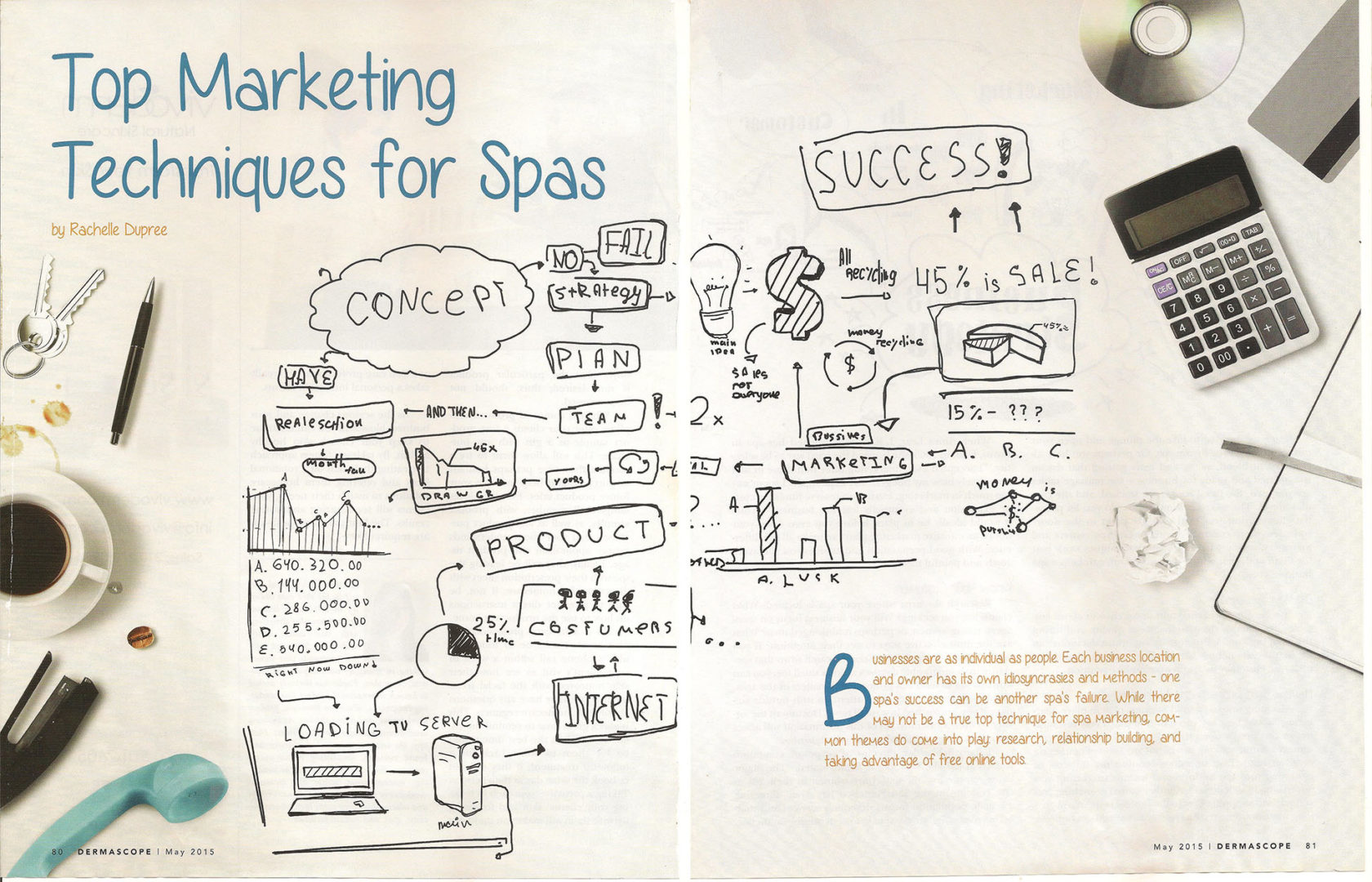
Originally published in Dermascope Magazine: February 2016. © Scientific advances in skin care production and new nano-sized zinc oxides have allowed this natural-skin healer and sun protector to show up in a plethora of skin care products that far outshine the goopy sunscreens of yesteryear. Zinc is a naturally-occurring metallic element similar to magnesium or iron. Like iron and magnesium, zinc exists in the building blocks of the body and skin and is necessary for the maintenance of health and balance. It also contributes to the health of the immune system and maintenance of enzyme systems and cells. It is essential for protein synthesis, collagen formation, and helps skin heal. Zinc and one of its various compounds, zinc oxide, have been used in medicinal and industrial applications for centuries. Counter to common belief, zinc oxide is not a naturally-occurring element, but rather a result of chemically-heated zinc ore. The ore is processed with oxygen molecules until the substance is vaporized, condensed, and finally appears as a fine, white, crystallized powder. Only in this oxidized form can it be combined with base creams and other formulations to create skin care products used today. History As early as the first century C.E., Greek physician, pharmacologist, and botanist, Dioscorides, described the oxidation process of zinc in his writing, “De Materia Medica.” Although it is unclear when the medicinal benefits of zinc compounds were discovered for the first time, the oldest and closest reference was found in an ancient Indian medical text, “The Charaka Samhita,” which dates from 500 B.C.E. The text describes a healing salve called “pushpanjan,” which was used to treat the eyes and open wounds. It was not until the 1940s that zinc-based creams and ointments were available to the average consumer. Thirty years later, zinc lotions were used mainly to relieve symptoms of poison ivy, dandruff, and skin rashes. By the 1980s, new scientific studies on sun damage and skin health would change how this versatile compound was used. Uses and Benefits Zinc oxide as a compound is not water soluble, therefore, it cannot be applied topically in its pure form; it usually needs some form of carrier agent, like foundation, sunscreen, or moisturizer. As a topical ointment, zinc has been proven to treat a multitude of rashes, speed wound healing, and aid in tissue growth. Current research has also indicated it can help in the treatment and prevention of…
Read More


